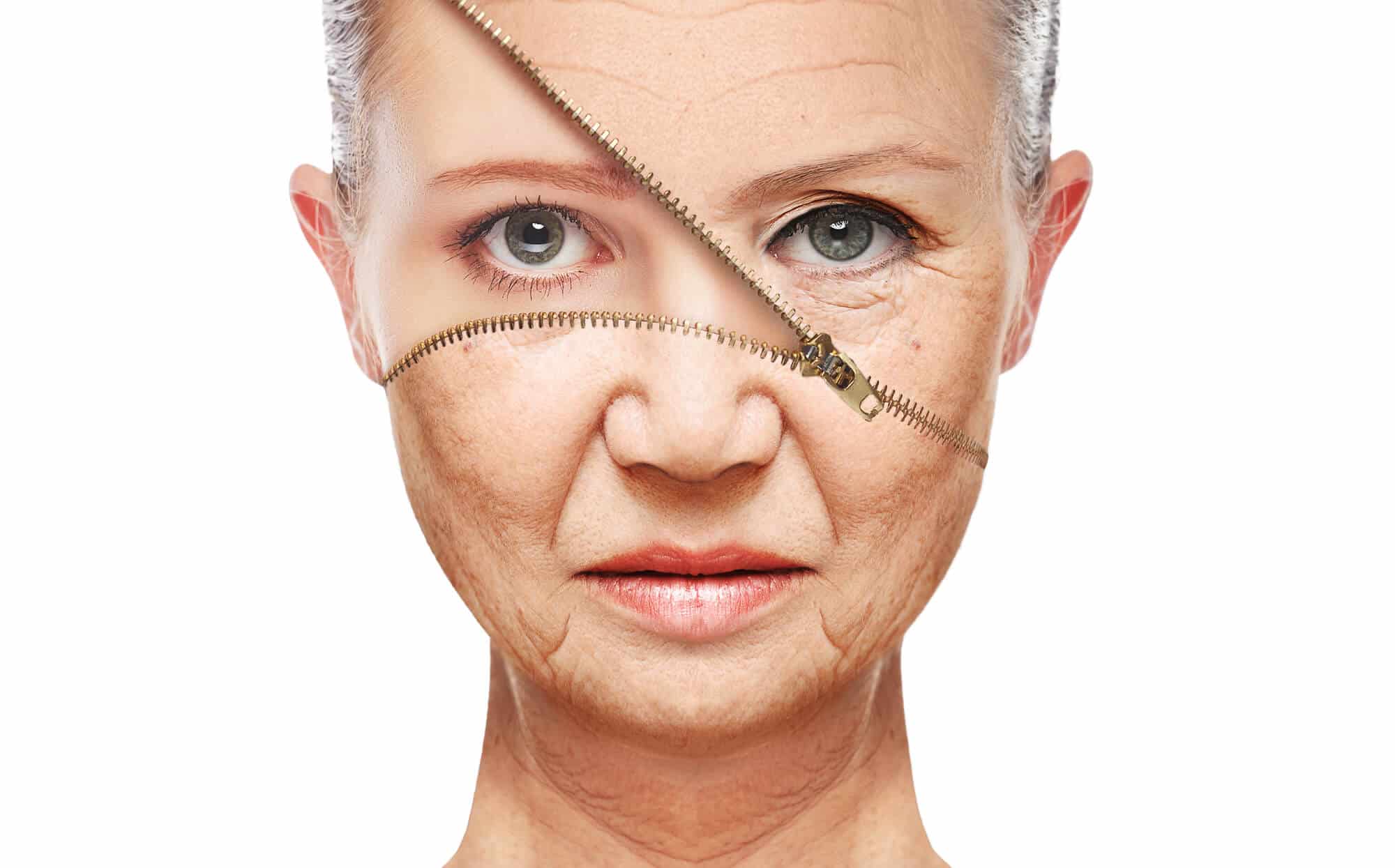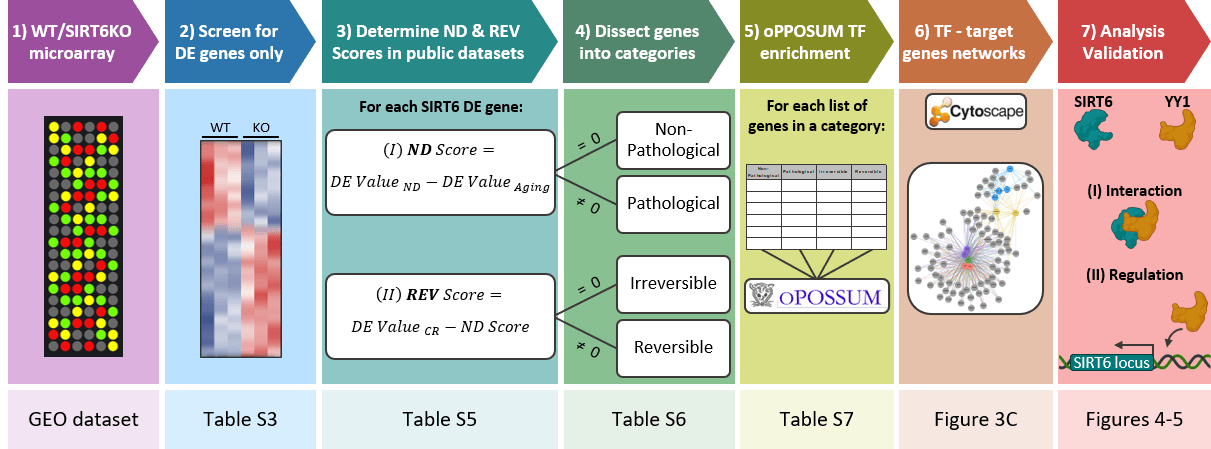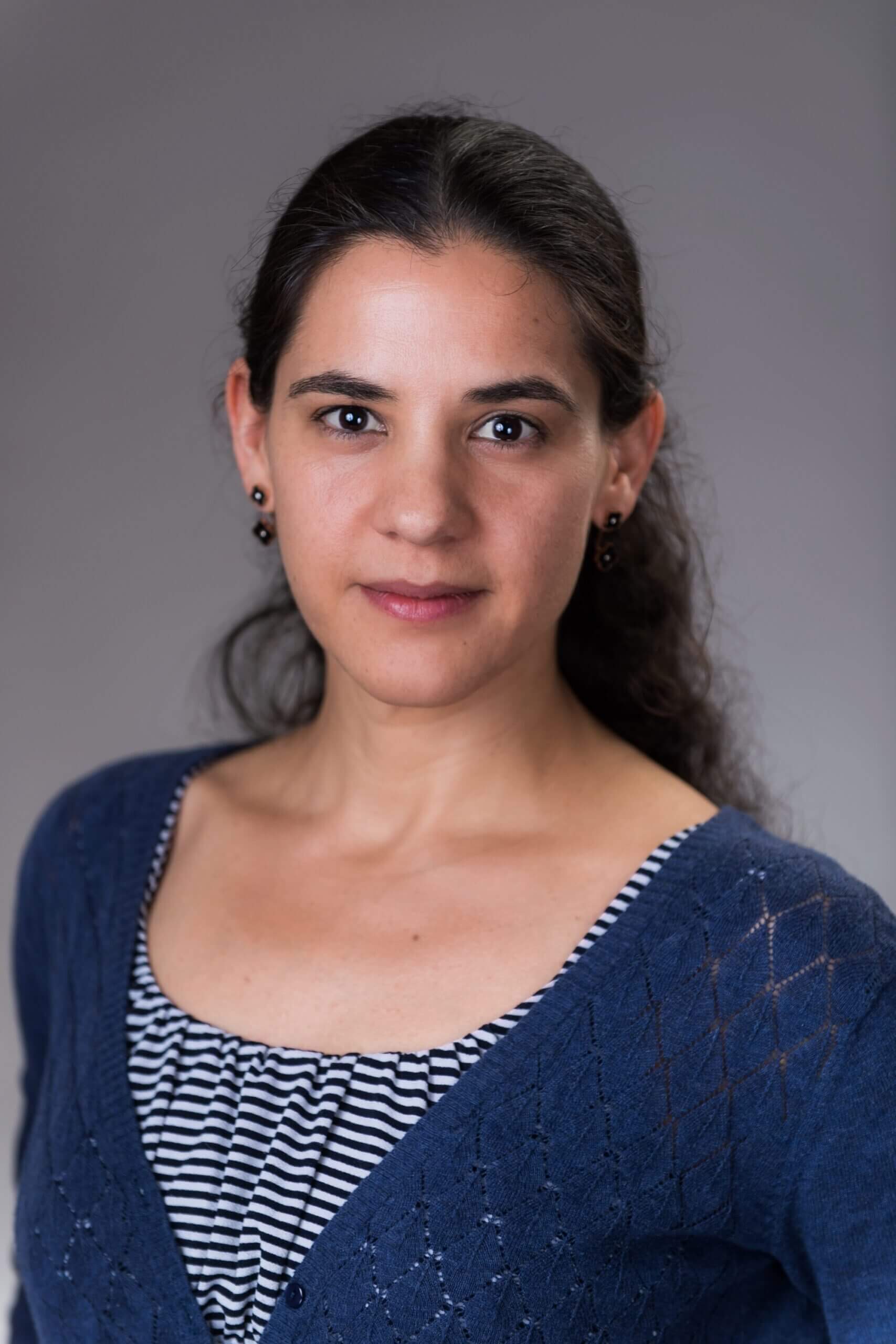The goal: identifying genes that can predict healthy aging and help prevent diseases

Dr. Deborah Tober and her team from the Department of Life Sciences at Ben-Gurion University of the Negev recently succeeded in identifying a number of genes that characterize pathological aging compared to healthy aging. They later showed that simple changes in lifestyle, for example building a nutritional menu with caloric restriction, may change the function of some of these genes. Says Dr. Tober: "One of the main causes of aging is the accumulation of damages that are not repaired in time. Every cell in the body has to deal with thousands of damages every day, but while most of these damages are detected and repaired in time, the biological systems are not perfect, and the remaining damages can lead to the development of degenerative diseases such as Parkinson's and Alzheimer's. These damages affect the genetic load, and also the epigenetic code (the way in which environmental factors affect the expression of genes). In the research, we found a number of genes whose function can be changed, using fairly simple methods, such as caloric restriction."
In her previous studies, members of Dr. Tober's research group found that the SIRT6 protein plays a central role in repairing genetic damage, especially damage that manifests itself in a double-strand break in DNA, which is the most dangerous damage to the cell. The protein SIRT6 arrives first at the scene of the damage, and immediately approaches the work of repair, at the same time as recruiting proteins and other factors important to the repair process.
Since aging in general and neurodegenerative diseases in particular are accompanied by a very wide range of changes, the researchers compared a group of mice with a gene that produces a defective SIRT6 protein, to a group of other mice with a normal gene. They managed to reduce the list of genes that change in aging and neurodegeneration, to a defined group of genes that may predict whether processes that lead to healthy - or pathological - aging are taking place in a certain brain. In addition, the researchers were able to determine which of these genes can be used as candidates for treatments in pathological aging - that is, genes whose changes are reversible. The researchers hope that in the future, an examination of the changes in these genes will be able to indicate whether we are on the way to healthy aging or aging that is accompanied by degenerative diseases.

"As we age, our body tissues accumulate more genetic damage," says Dr. Tober, "repairing these damages is a necessary condition for longevity. Any clinical intervention that slows down or stops nerve cell death will result in a significant improvement in the quality of life of patients and their families, and this is the goal we see before our eyes in the laboratory."
Daniel Stein, Amir Mizrahi, Adam Zaretsky, Dr. Alfredo Garcia Venzor, Zeev Slobodnik, Shay Klusky and Monica Einav from Ben-Gurion University of the Negev participated in the study; as well as Anastasia Golova and Dr. Ekaterina Kharmayev from the Skolkovo Institute of Science and Technology in Moscow, Russia.

Life itself:
Dr. Deborah (Debi) Tober grew up in Mexico and immigrated to Israel alone at the age of 19. She is married to physicist Hadar Steinberg, and together they raise two daughters. Debbie engages in wall climbing, and recommends the books "Girl with a Dragon Tattoo" by Stig Larsen, and "The Hail Mary Project" by Andy Weir.
More of the topic in Hayadan:
- Jeff Bezos is looking for ways to defeat death - this is what we know about the science of aging
- About aging - and the research that may show how to stop it
- Scientists have been able to identify the genes that influence a healthier aging process
- A new approach to personalized cancer medicine: listening to the internal messages inside the tumor cells
- Researchers in the United Kingdom: severe morbidity in Corona is equivalent to twenty years of aging
